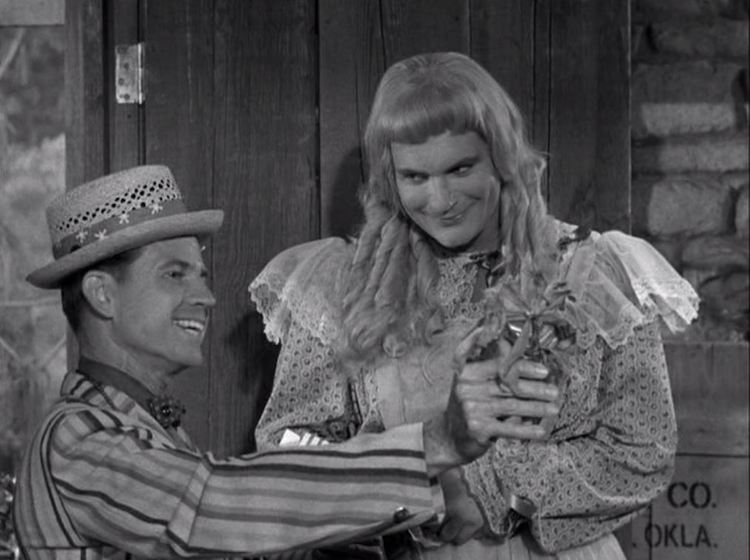5 Things About The Beverly Hillbillies You Probably Never Knew
Between the years of 1962 and 1971, the beloved American sitcom The Beverly Hillbillies made headlines as one of the greatest shows to watch. The show follows Jed Clampett, an uneducated backwoodsman who moves from the hills of the Ozarks to the fancy homes of Beverly Hills after he finds oil on their land.
Featuring Buddy Ebsen, Irene Ryan, Donna Douglas, and Max Baer Jr, an ensemble that made their characters the icons we know today. The Beverly Hillbillies found their way into the television screens of many Americans for the hilarious antics of the Clampett family. Here are some uncovered facts about The Beverly Hillbillies that you may not be aware of.

Lots of Criticism
The Beverly Hillbillies was one of the most tuned-in comedy shows of the 1960s. With its premiere on CBS, the show ran for a whopping nine seasons, with almost all its seasons ranking in the Top 20 Most-Watched Shows of the Year. Even now, “The Giant Jackrabbit” holds claim to being one of the most-watched sitcom episodes of all television’s history.
Even after winning multiple awards and being nominated a total of seven times for the Emmys, the show faced a fair share of criticism. Success did not stop the Clampetts from being ridiculed. Critics considered the show to be “strained and unfunny,” as well as being “painful to sit through.” Yikes, those are some harsh critics.
Hollywood’s Greatest Method Actor
Method acting was not born in recent years and has been around long before actors like Jared Leto and Daniel Day-Lewis came to be. Our lovable Jed Clampett, played by Buddy Ebsen, was a character curated to be as authentic as the real thing.
Buddy Ebsen did not settle for less, as he diligently picked up the twang of the Ozark mountaineers and adopted country music as his own. It was Buddy Ebsen’s portrayal of Jed Clampett that many thought was the reason for the show’s popularity and success.

The Infamous Jethro Bodine
Americans could not get enough of the not-so-bright Jethro Bodine as he navigated Beverly Hills with his failed, but comedic attempts to make some pocket money. Max Baer Jr. completely made the character, and it’s hard to picture anyone else playing the character so perfectly.
Both audiences and Hollywood executives could not shake the comparison of Baer to the infamous Jethro Bodine, which allowed Baer to make guest appearances on other shows, but nothing ever worthwhile. Baer was type-casted for the rest of his career, struggling to get any role that did not pertain to the character that pushed him into stardom. Desperate, and worn out, Baer decided to quit acting and moved on to directing, writing, and producing.
You Can’t Make A Barbie Out Of Me
Anyone who tuned into the show knew much about Elly May’s obsession with animals. From cats and dogs to roosters and skunks, Donna Douglas had to work alongside more non-human characters than the rest of the cast. Many Americans had never heard of Donna Douglass, having previously only been featured as a toothpaste model. But this did not stop her as she took the risk and landed the role against 500 other actresses, making her the quirky Elly May.
Eventually, the image of Elly May was so embedded in fans’ minds that Douglass was unable to escape her character as a wilderness girl who once used a smoke can to get a honeycomb from a beehive. It seems like Donna Douglas suffered the same fate as many of her fellow co-stars.

Television’s ‘Rural Purge’
Despite the series’ high ratings, The Beverly Hillbillies was canceled after advertisers found that the show no longer targeted a wide audience. CBS and many other networks were pushed to remove shows like The Beverly Hillbillies, Green Acres, and Lassie, as they were “too rural” for the audience’s taste.
Advertisers wanted to focus on an urban audience, so they canceled all their rural-themed comedies which were dubbed “the Rural Purge.” These new shows, such as All in the Family and The Mary Tyler Moore Show, replaced the overused Charley Douglass laugh track for a more realistic live audience. This trend continued well throughout the 1970s and into the 1980s.

